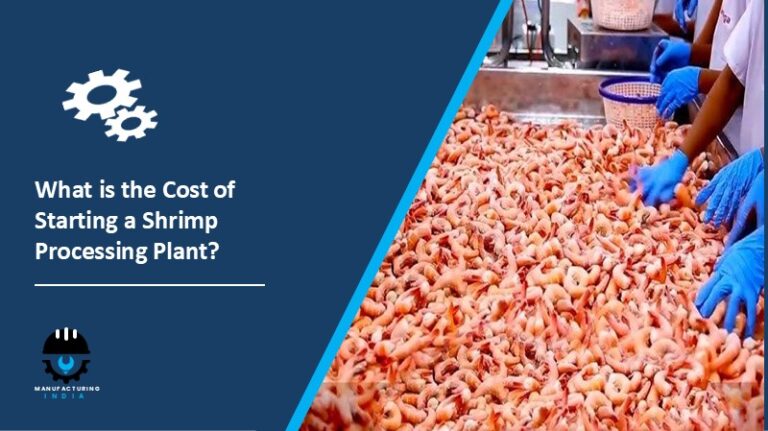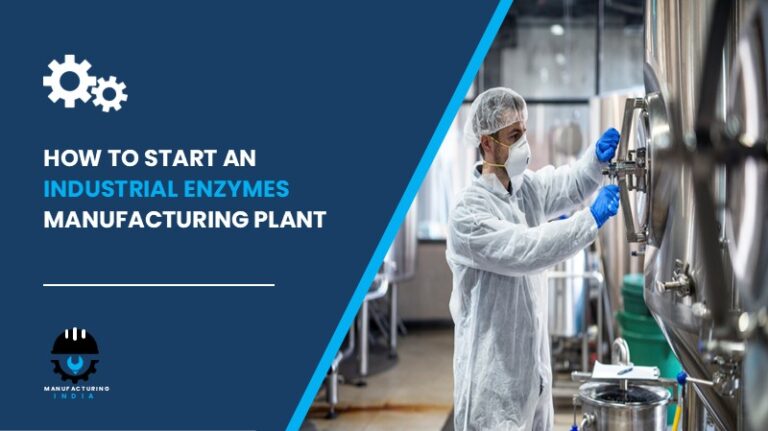
A syringe manufacturing plant produces medical-grade disposable syringes used across hospitals, clinics, and diagnostic centers. Setting up such a facility requires clean-room environments, injection molding machinery, assembly and sterilization systems, and strict adherence to quality and regulatory standards. With rising healthcare demand and continuous consumption of medical disposables, establishing a syringe manufacturing plant offers strong growth potential for entrepreneurs and investors.
The total investment depends on several factors, including production capacity, technology used, automation level, sterilization method, and compliance requirements. Below are the main cost components to consider:
1. Land and Building Infrastructure
You will need a facility that includes:
- Production areas
- Sterilization section
- Clean rooms
- Quality testing labs
- Packaging and storage rooms
- Administrative and utility areas
Land and construction costs vary by location, but clean-room manufacturing and sterilization units significantly influence building expenses. These specialized setups ensure the plant meets medical-grade standards.
2. Machinery and Equipment
This is one of the largest cost components. The equipment required typically includes:
- Injection molding machines
- Mold sets for syringe barrels, plungers, and gaskets
- Assembly machines
- Printing and lubrication systems
- Sterilization units (ETO chambers or gamma-ready packaging lines)
- Packaging and sealing machinery
Automation level affects cost—semi-automatic plants are more affordable, while fully automated lines offer higher output and consistency.
3. Raw Materials
Key raw materials include:
- Medical-grade polypropylene
- Rubber gaskets
- Stainless-steel needles (if manufactured onsite)
- Lubricants
- Sterile packaging films or blister packs
Initial investment for bulk procurement and maintaining steady supply stock should be included in the working capital estimate.
4. Utilities and Support Systems
A syringe plant requires well-structured utility support, such as:
- Electricity for molding and sterilization machinery
- Water supply for cooling systems
- Compressed air
- Clean-room HVAC systems
- Waste management systems
- Backup power
Clean-rooms and sterilization areas consume significant utility resources, impacting operational expenses.
5. Regulatory Compliance and Certifications
Medical device manufacturing requires strict adherence to:
- Quality standards
- Clean-room operations
- Product sterility testing
- Documentation and traceability
Although certification costs are not extremely high, the infrastructure and procedures required for compliance add to overall project expenses.
6. Labor and Staffing
Depending on automation level, you will need:
- Machine operators
- Quality assurance professionals
- Maintenance technicians
- Sterilization staff
- Administrative and logistics personnel
Training costs should also be considered, especially for sterile manufacturing environments.
7. Packaging, Storage, and Distribution
Syringes must be packaged in sterile, tamper-proof packs. Costs include:
- Packaging materials
- Automated sealing machines
- Carton boxes and labeling
- Climate-controlled storage for finished goods
- Distribution logistics for hospitals, wholesalers, and medical suppliers
Estimated Cost Structure (Conceptual Breakdown)
While specific values vary by scale and location, the cost structure for a syringe plant generally follows this pattern:
- Land & Building – For plant construction and clean rooms
- Machinery & Equipment – Injection molding, assembly, sterilization
- Utilities Setup – HVAC, power systems, water treatment
- Raw Materials & Initial Stock – Polypropylene, seals, needles
- Labor & Operating Costs – Staff, maintenance, quality control
- Regulatory Compliance – Testing, certification, documentation
- Working Capital – Ongoing production and overhead expenses
This breakdown helps entrepreneurs understand how to plan their investment even without exact numbers.
What Affects Your Project Cost?
Several factors influence total project cost:
- Production Capacity – Small plants cost less; larger automated units require higher investment.
- Product Range – Multiple syringe volumes require additional molds and assembly lines.
- Sterilization Choice – In-house ETO sterilizers cost more; outsourcing reduces CAPEX but increases OPEX.
- Automation Level – More automation = higher upfront cost but lower long-term labor expense.
- Compliance Requirements – Medical-grade production raises infrastructure and testing costs.
- Technology Selection – Modern energy-efficient machinery may reduce lifetime operational expenses.
Understanding these factors helps investors estimate feasibility for their business goals.
Steps to Start a Syringe Manufacturing Plant
- Conduct a feasibility study
- Select site and finalize layout
- Procure machinery and molds
- Install clean rooms and utilities
- Hire and train staff
- Begin trial production
- Implement QA and testing
- Start commercial manufacturing and distribution
Starting a syringe manufacturing plant can be a highly profitable venture given the consistent demand across hospitals, clinics, and healthcare networks. While the initial investment may be significant, the long-term benefits are strong due to stable market demand, recurring consumption, and opportunities for expansion into other medical disposables.
Entrepreneurs should carefully evaluate technology needs, regulatory requirements, and scalability to ensure smooth and compliant operations.



